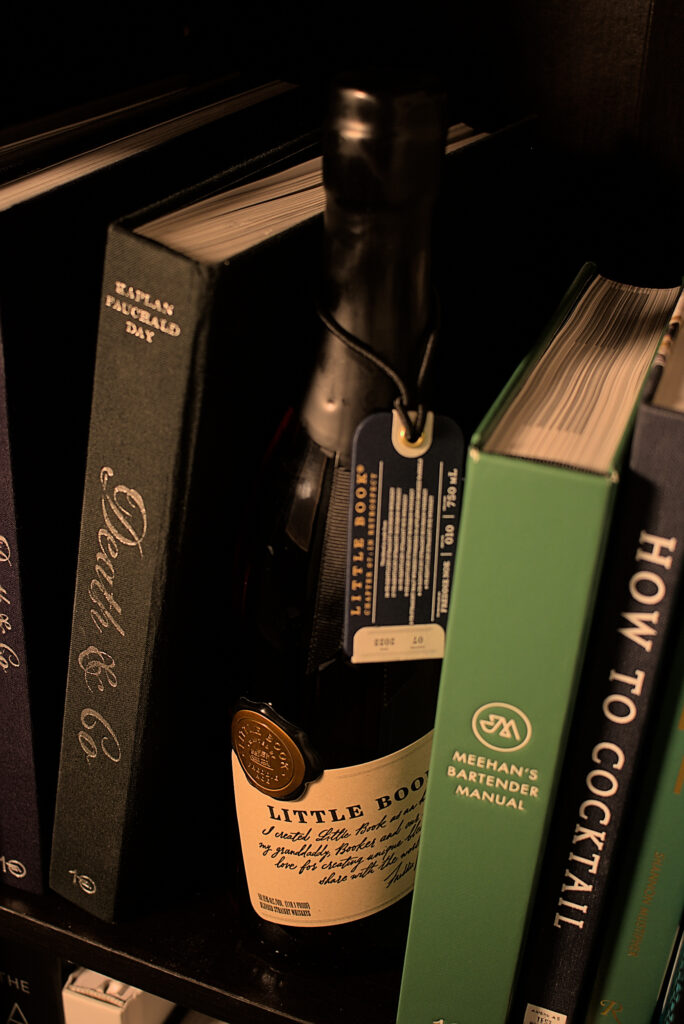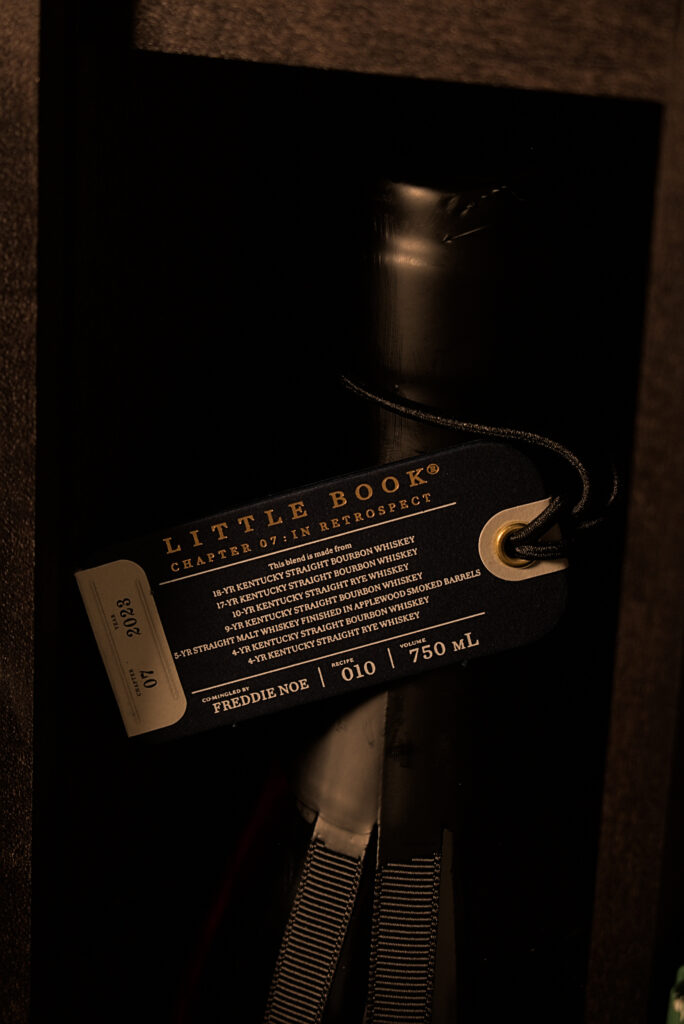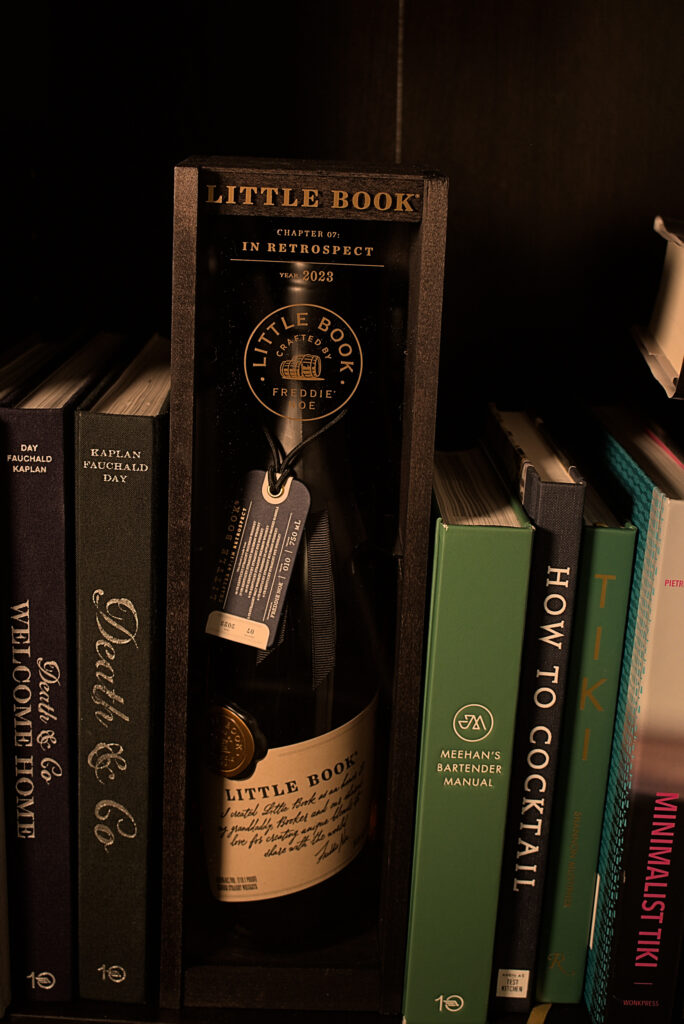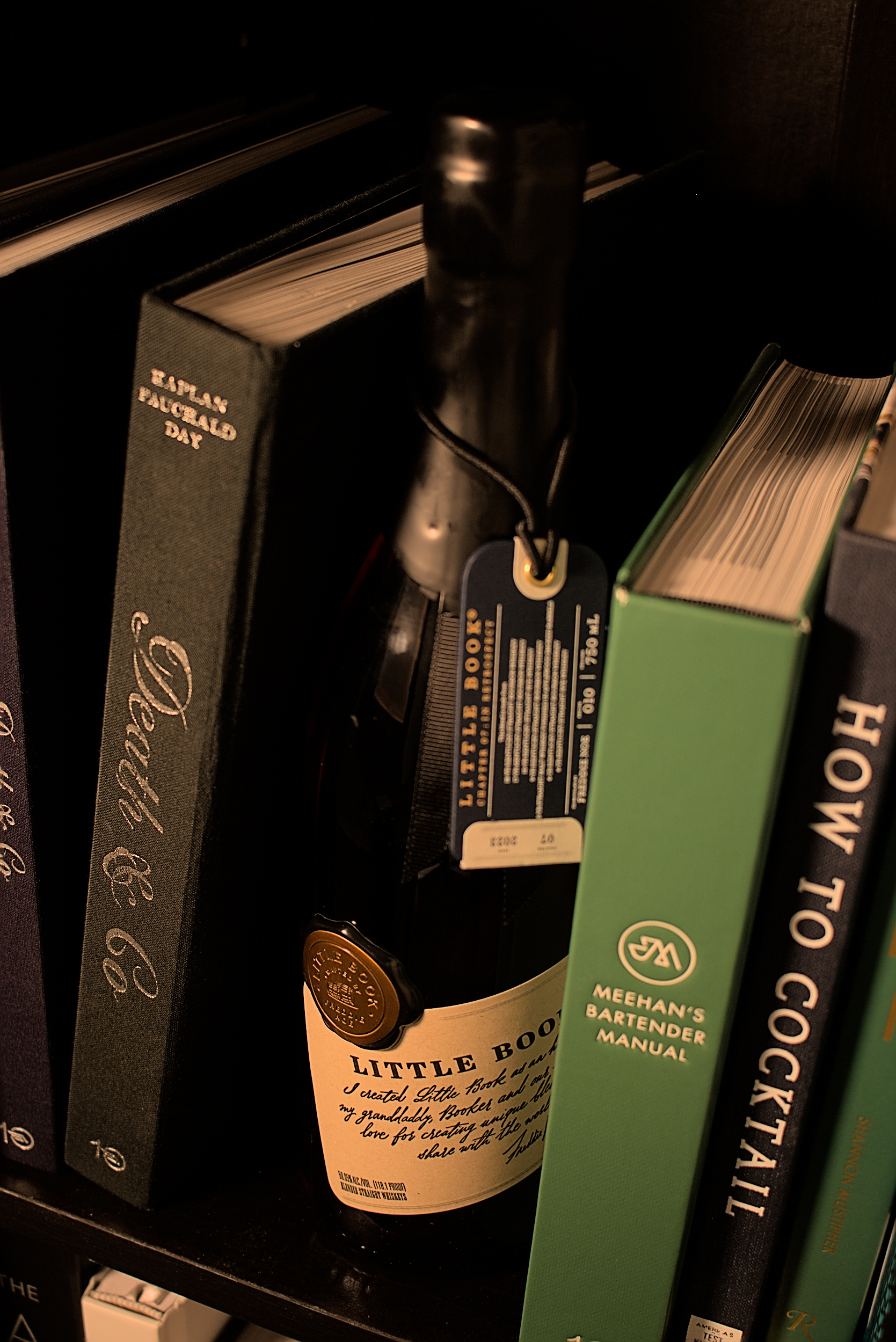
One of the best ways to experience new whiskey is to try it in a bar at a reasonable price. This is how I fell in love with Little Book Chapter 2, and how I ended up initially finding a bottle of Little Book Chapter 5 to review a few years back. I still find time to celebrate with a pour of it, as I think it’s worth savoring. So when I saw the chance to buy a bottle of Little Book Chapter 7: In Retrospect, I had to take it and see if it lived up to my memories.
The “In Retrospect” portion of this release of Little Book is described as a, “blend of seven cask strength American whiskies – one curated from each of the brand’s previous six chapters and a seventh new addition.” On paper, the blend looks interesting, but without percentages, it hard to say how it drinks. So how is it?
Little Book Chapter 7: In Retrospect
Chapter 7 contains the following in its blend. The percentages are not disclosed:
- 18 Year Kentucky Straight Bourbon Whiskey
- 17 Year Kentucky Straight Bourbon Whiskey
- 10 Year Kentucky Straight Rye Whiskey
- 9 Year Kentucky Straight Bourbon Whiskey
- 5 Year Straight Malt Whiskey Finished In Applewood Smoked Barrels
- 4 Year Kentucky Straight Bourbon Whiskey
- 4 Year Kentucky Straight Rye Whiskey

Little Book Chapter 7 comes in at 118.1 Proof (59.05% A.B.V.) and is not aged stated.
Sight: Deep Russet with a lean of chestnut.
Smell: Floral, apple forward, slight smoke start. A rich caramel gets involved with the apple / apple blossom and baking / all spice notes. Nose is slightly hot, there’s a lot of layered apple and fruit smells here, like apple cider. It’s drier on the nose than the fun description implies. There’s a slight grain or malt character here that appears.
Sip: The flavors starts a bit warm, but mellows as it opens. Vanilla, oak, applewood, and burnt caramel come together. There’s a floral sort of apple blossom that butts up against a smokey char. The body is full, and it goes heavily on the fruit and vanilla. The fruit almost reaches for a dark cherry candy or jam note. That grain note is still around, but not super prominent. It’s pleasant, has some nuttiness, but doesn’t go full on beam profile. It also doesn’t feel as complex as the blend implies.
Savor: The ending lingers heavily on the long notes of apple, applewood, caramelized sugar, and heavily charred wood. The finish lingers lastingly, and almost florally as it’s predominant finish (possibly apple blossom). That fruitier character travels forward.
Little Book Chapter 7: In Retrospect is less complex than it’s predecessor, and more dependent on finishing. The flavors of apple, applewood, and general wood are the highlights here. Fruity flavors that aren’t apple run toward the darker side of the spectrum (dark cherries, maybe plum skin), and it lacks the general Beam nutty profile. The results in layered and on first blush, complicated. The long term isn’t quite so clear, as the layering doesn’t necessarily make for clean set of flavors.
In Cocktails
In a Manhattan (yes, this sacrilege again), Little Book Chapter 7: In Retrospect starts smooth, delivering a rich body, slightly smokey and wood forward drink. The flavors lean into the burnt sugar, vanilla, and applewood realm, while the floral notes are diminished. The black cherry comes back through with a subtle bitterness. The finish is slightly smokey with a hint of cherry, clove, and herbs. It lingers leaving a dark fruit laden charred wood with a bit of heat and a grainy note, and a touch bitter. It’s really unpleasant, emphasizing the worst parts of both the whiskey and the vermouth.
For reference, this was a fresh cracked bottle of Carpano Antica that tasted fresh and had no off notes.
In Review – Little Book Chapter 7: In Retrospect

Little Book Chapter 7: In Retrospect doesn’t feel like $130 whiskey. The layering is muddled, the flavors are singular, and it feels like it fights its finish all the way through. The result is it drinks like a finished bottle that lives in the $70-$90 price point. It isn’t bad, but the price of admission feels (at first blush) like it’s paying diminishing returns compared for LB5. Perhaps as American single malts come into their own, this whiskey will age kindly, but right now this feels like an awkward opening salvo.
